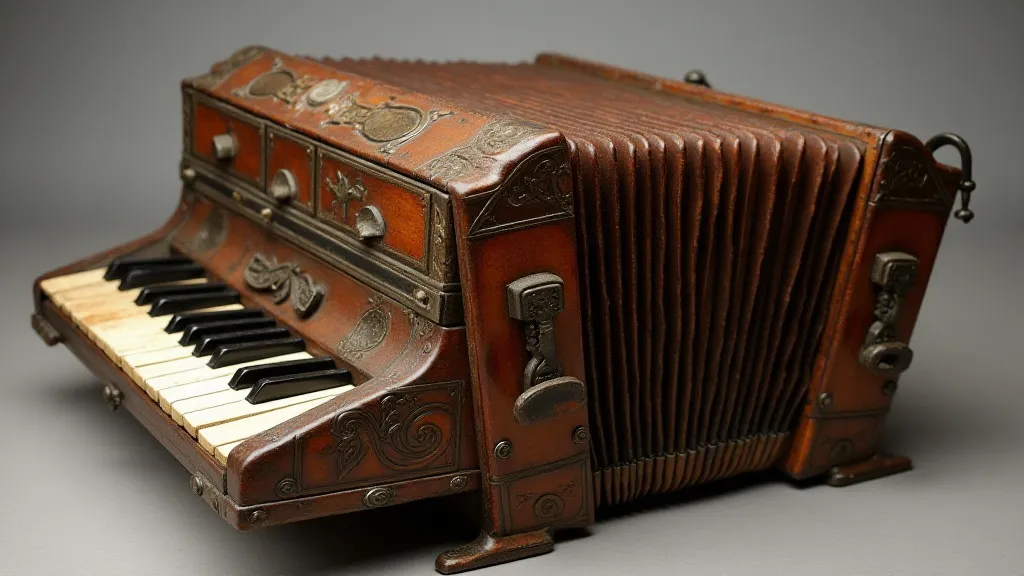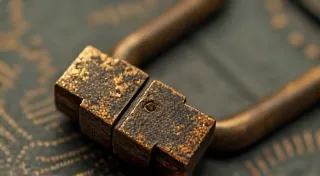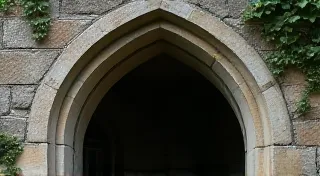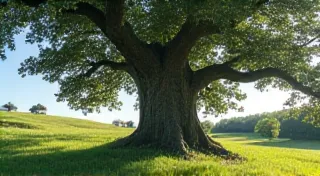The Cartographer of Closure: Mapping the Boundaries of Access
There's a peculiar beauty in things meant to keep things out. Not a hostile beauty, mind you, but a quiet, almost melancholic one. Think of an antique accordion, its bellows pleated like the layers of memory, each fold a testament to countless hands that have coaxed melodies from its heart. It's a marvel of engineering, a complex system designed to contain air, to create music. And, in a way, a lock is the accordion’s counterpart – a contained system, built to keep something within, or someone out. Both are testaments to the ingenuity of human craftsmanship, and both, at their core, represent boundaries.
My fascination with locks began not with a desire to bypass them, but to understand them. As a child, I would spend hours examining the antique hardware in my grandfather's workshop, mesmerized by the intricate mechanisms. He was a cabinet maker, a man who understood the language of wood and joinery, and his collection of locks, acquired over decades, felt like a miniature museum of industrial artistry. Each one told a story – a forgotten warehouse, a stately manor house, a simple farmer’s pantry. They weren’t just security devices; they were historical artifacts, each bearing the mark of a bygone era.
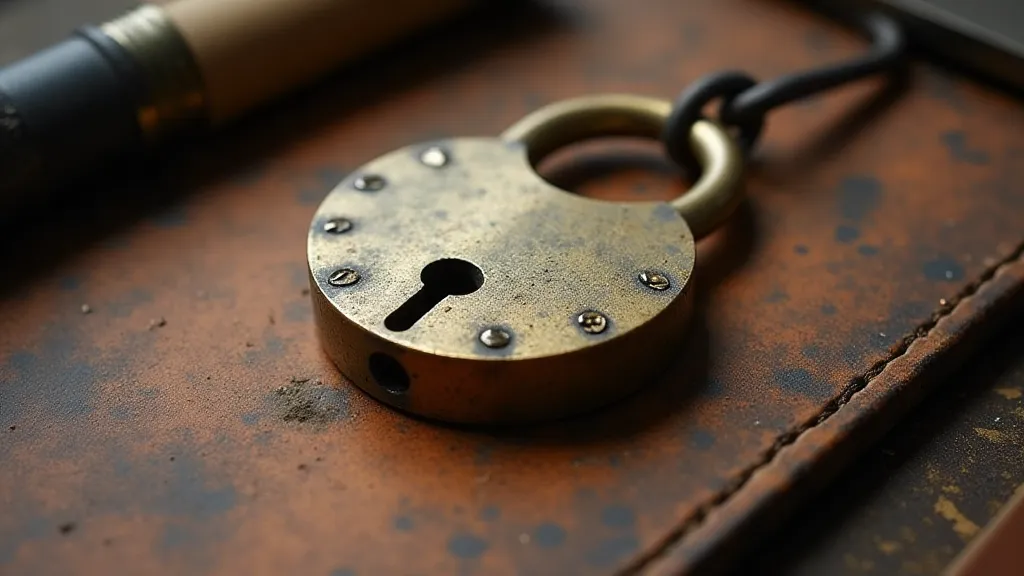
The Anatomy of a Boundary: Understanding Lock Construction
The modern understanding of security is often built on layers of complex technology – biometric scanners, digital access codes, intricate alarm systems. But the fundamental principle remains unchanged: to create a barrier. The most common type of lock, the pin tumbler, isn't magic. It's a cleverly engineered system of pins that must be aligned in just the right way to allow the cylinder to rotate. Understanding this principle is the crucial first step for anyone interested in lock picking – not to exploit it, but to appreciate the brilliance of its design.
Imagine a stack of tiny obstacles, each holding a spring-loaded pin. To open the lock, you need to manipulate these pins, to raise them all to the shear line – the point where the cylinder can freely rotate. This is where the art comes in. It’s not about brute force; it’s about finesse, about feeling the subtle clicks and feedback that tell you where you stand. Each lock is slightly different, with varying pin heights, tolerances, and spring tensions. This variance is what makes lock picking a continuous learning process, a constant exploration of mechanical nuances.
The Mindset of an Explorer: Patience and Observation
Lock picking isn't a skill you can master in an afternoon. It requires patience, a keen eye for detail, and a willingness to experiment. It's akin to being a cartographer, carefully mapping the boundaries of an unknown territory. The first few attempts are often frustrating. You might feel like you're fumbling in the dark, but each failure provides valuable information. The click of a pin, the subtle resistance, the way the lock feels in your hand – these are the clues you need to decipher the puzzle.
It's also crucial to approach lock picking with respect. This isn't about breaking into places you shouldn’t. This is about understanding a mechanism, about appreciating the artistry of its construction. The ethical considerations are paramount. The knowledge you gain should be used responsibly, for educational purposes, or to improve your own security practices – such as identifying weaknesses in your own locks.
Tools of the Trade: Minimalist Approach
You don't need an arsenal of expensive tools to begin. A basic tension wrench and a set of picks are sufficient. The tension wrench applies rotational force to the cylinder, creating the small amount of tension needed to hold the pins in place after you’re done manipulating them. Picks, on the other hand, are used to individually lift the pins. There are various shapes and sizes of picks, each designed for a specific purpose.
The true beauty lies not in the tools themselves, but in the skill of the person wielding them. Think of a master accordionist; they can coax breathtaking melodies from a relatively simple instrument. Similarly, a skilled lock picker can open a lock with a few carefully chosen tools and a deep understanding of its inner workings.
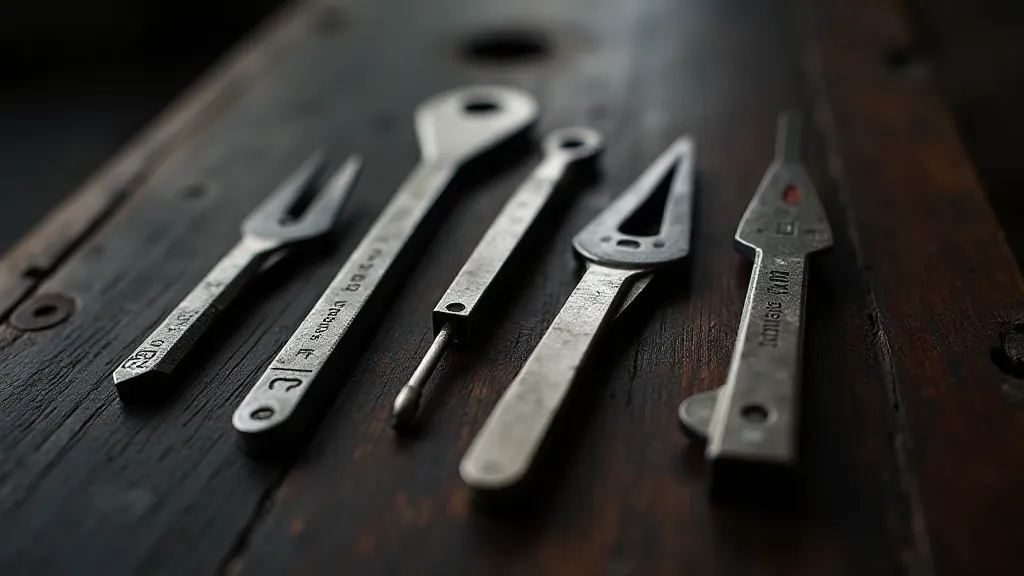
Beyond the Mechanism: Appreciating the Craft
There’s a certain meditative quality to lock picking. It demands your full attention, forcing you to slow down and focus on the present moment. It’s a microcosm of life itself – a series of challenges and obstacles that require patience, perseverance, and a willingness to learn. And like the intricate workings of an antique accordion, a lock reveals the beauty of mechanical ingenuity when understood at a granular level.
My grandfather, the cabinet maker, never explicitly taught me how to pick locks. But he instilled in me a deep appreciation for craftsmanship, for the dedication and skill that goes into creating something that is both functional and beautiful. He taught me to look beyond the surface, to understand the inner workings of things, to appreciate the art of the maker. And that, I believe, is the most valuable lesson of all. Understanding the "map" of access isn't just about bypassing boundaries; it’s about understanding the underlying structure, the dedication, and the artistry that went into creating them in the first place.
